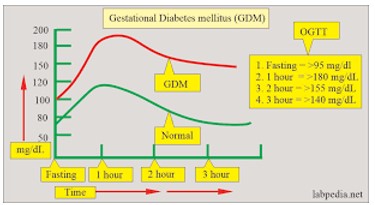The nurse is evaluating a tertiary prevention program for clients with cardiovascular disease implemented in a rural health clinic. Which outcome indicates the program is effective?
Clients who incurred disease complications promptly received rehabilitation.
Client relapse rate of 30% in a 5-year community-wide anti-smoking campaign.
At-risk clients received an increased number of routine health screenings.
Clients reported having new confidence in making healthy food choices.
The Correct Answer is A
Tertiary prevention programs focus on minimizing the impact of an existing disease or condition and preventing further complications or disability. In the context of cardiovascular disease, one of the goals of tertiary prevention is to provide prompt rehabilitation for clients who have incurred disease complications.
By ensuring that clients who experience complications promptly receive rehabilitation services, the program is effectively addressing the needs of these clients and providing appropriate interventions to minimize the long-term impact of the disease. This outcome indicates that the program is successful in providing the necessary care and support to clients with cardiovascular disease.
Client relapse rate of 30% in a 5-year community-wide anti-smoking campaign focuses on primary prevention rather than tertiary prevention.
At-risk clients receiving an increased number of routine health screenings may be an indicator of improved secondary prevention efforts, but it does not specifically measure the effectiveness of the tertiary prevention program for clients with cardiovascular disease.
Clients reporting new confidence in making healthy food choices is a positive outcome but does not directly reflect the effectiveness of the tertiary prevention program for cardiovascular disease.
Nursing Test Bank
Naxlex Comprehensive Predictor Exams
Related Questions
Correct Answer is ["A","B","C"]
Explanation
Her fasting 1-hour glucose screening level, which was done 1 week prior, is 164 mg/dl. (9.1 mmol/L) Her 3-hour oral glucose tolerance test results reveal a fasting blood sugar of 168 (9.3 mmol/L) and a two-hour postprandial of 220 mg/dL (12.2 mmol/L).
The client has gestational diabetes mellitus (GDM), which is a condition that affects some pregnant women and causes high blood sugar levels. This is bad during pregnancy because it can increase the risk of complications for both the mother and the baby, such as preeclampsia, macrosomia, birth trauma, neonatal hypoglycemia, and congenital anomalies. The client needs to follow a diet and exercise plan to control her blood sugar levels and prevent further complications. She may also need to take insulin injections or oral medications if diet and exercise are not enough. The client should monitor her blood sugar levels regularly and report any abnormal results to her health care provider. The client should also have regular prenatal visits and ultrasounds to check the growth and development of the baby.

Correct Answer is C
Explanation
A) Incorrect - Developing and implementing new screening protocols does not directly indicate the effectiveness of a primary prevention program. It might indicate improved detection, but not necessarily prevention.
B) Incorrect - This outcome relates to secondary prevention (rehabilitation after disease complications) rather than primary prevention.
C) Correct- An improvement in average client scores on risk factor knowledge tests suggests that the primary prevention program has successfully educated clients about behaviors and practices that can help prevent sexually transmitted diseases. This improvement indicates that clients have a better understanding of the risks and protective measures, which is a key indicator of program effectiveness.
D) Incorrect - Diagnosing clients early in their disease process is an outcome of early detection (secondary prevention), not primary prevention.
Whether you are a student looking to ace your exams or a practicing nurse seeking to enhance your expertise , our nursing education contents will empower you with the confidence and competence to make a difference in the lives of patients and become a respected leader in the healthcare field.
Visit Naxlex, invest in your future and unlock endless possibilities with our unparalleled nursing education contents today
Report Wrong Answer on the Current Question
Do you disagree with the answer? If yes, what is your expected answer? Explain.
Kindly be descriptive with the issue you are facing.
